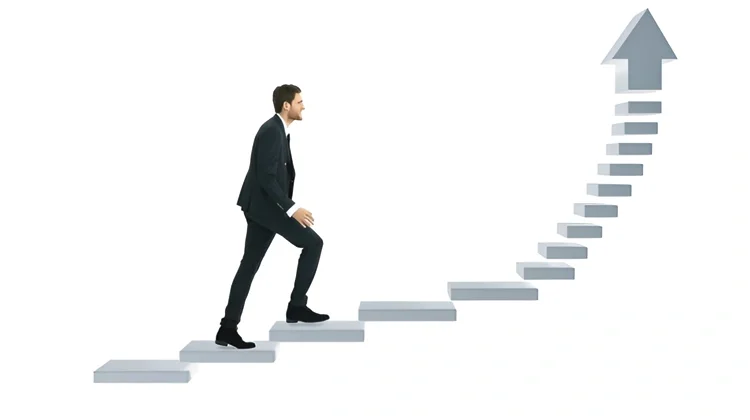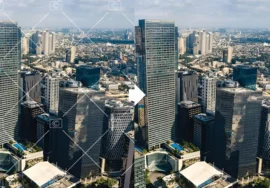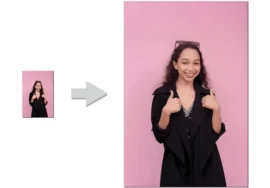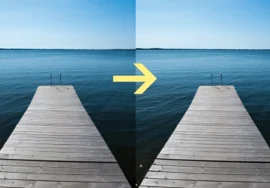
The Great Debate: Up-scaling vs. Super Sampling – Understanding Image Enhancement Techniques
In the realm of digital image processing, pursuing higher image quality has led to the development of many techniques. Two of the most prominent methods, up-scaling and super-sampling, have garnered significant attention. Both aim to enhance image resolution and detail, but they use different approaches. This article delves into the intricacies of up-scaling and super-sampling, comparing their strengths, weaknesses, and ideal use cases.
Understanding Upscaling
Up-scaling is a process that increases the dimensions of an image without adding new information. It enlarges the pixel count, creating a larger image of a smaller one. While this might seem like a magical solution to low-resolution images, the reality is more complex.
How Upscaling Works
Up-scaling algorithms use interpolation techniques to estimate pixel values in the enlarged image based on the existing pixels. Various methods exist, including:
- Nearest Neighbor: This simple method assigns the pixel value of the nearest neighbor in the original image to the new pixel. It’s efficient but often results in a blocky and pixelated appearance.
- Bilinear Interpolation: This method calculates the pixel value based on a weighted average of the four nearest pixels. It produces smoother results than the nearest neighbor, but can introduce blurring.
- Bi-cubic Interpolation: This more complex method uses a cubic polynomial to estimate pixel values, offering a better balance between sharpness and smoothness.
- Machine Learning-Based Upscaling: Advanced algorithms leverage artificial intelligence to analyze image patterns and generate more realistic details.
Advantages of Up-scaling
- It’s applied to various image formats.
- Fast processing time.
- Suitable for enhancing older images or low-resolution content.
Disadvantages of Up-scaling
- Introduces artifacts and reduces image quality.
- Unable to create added details, they only interpolate existing information.
- Effectiveness depends on the original image quality and the up-scaling algorithm.
Understanding Super Sampling
Super-sampling is a technique that renders an image at a higher resolution than the desired output and then down-samples it to the target resolution. This process increases the amount of information captured in the last image.
How Super Sampling Works
Super-sampling follows the steps:
- Rendering: The image is rendered at a higher resolution (super-sampled).
- Down-sampling: The high-resolution image is scaled down to the desired output resolution.
This process leverages the antialiasing benefits of higher resolutions, resulting in smoother edges, reduced aliasing artifacts, and improved overall image quality.
Advantages of Super Sampling
- It produces better image quality compared to up-scaling.
- Reduces aliasing and jagged edges.
- Preserves fine details and improves sharpness.
Disadvantages of Super Sampling
- Intensive and resource-demanding.
- Used in real-time rendering applications like gaming and video production.
- Less suitable for static image enhancement.
Upscaling vs. Super Sampling: A Comparative Analysis
Feature | Upscaling | Super Sampling |
Image quality | Lower | Higher |
Computational cost | Lower | Higher |
Suitable for | Still images, video up-scaling | Real-time rendering, high-end applications |
Creates new information | No | Yes () |
Artifacts | More prone | Less prone |
Choosing the Right Technique
The optimal choice between up-scaling and super-sampling depends on the specific requirements of your project.
Up-scaling is ideal for:
- Enhancing older or low-resolution images where a moderate improvement is acceptable.
- Quickly increase image dimensions for display purposes.
- Applications with limited computational resources.
Supersampling is preferred for:
- Achieving the highest possible image quality.
- Eliminating aliasing artifacts in demanding visuals.
- Real-time rendering in games and video production.
Real-world applications of Upscaling and Super Sampling
Upscaling in Action
While super sampling often takes center stage in gaming and high-end visual production, up-scaling finds its niche in a variety of practical applications:
- Digital Photography: Enhancing older photographs or low-resolution scans can breathe new life into cherished memories. Up-scaling can help recover details and improve overall image quality.
- Video Streaming: Platforms like YouTube and Netflix often utilize upscaling to deliver higher-resolution content on devices with lower display capabilities. This ensures a visually pleasing experience without excessive data consumption.
- Medical Imaging: In medical diagnostics, up-scaling can help enhance the visibility of subtle details in images like X-rays, MRIs, and CT scans, aiding in accurate diagnosis.
Super Sampling in the Gaming World
Super-sampling has become synonymous with high-end gaming experiences. By rendering games at a higher resolution than the display can natively support, gamers can enjoy smoother visuals, reduced aliasing, and improved overall image quality. Techniques like NVIDIA DLSS and AMD FSR have made super sampling more accessible to a wider range of hardware.
Beyond gaming, super sampling also finds applications in:
- Virtual Reality: To deliver immersive experiences, VR headsets require high-resolution visuals. Super-sampling can help mitigate the “screen door effect” and enhance image clarity.
- Video Production: In film and television, super sampling can be used to create high-quality visual effects and achieve stunning cinematic looks.
The Future of Image Enhancement
As technology continues to evolve, we can expect even more sophisticated up-scaling and super-sampling techniques to emerge. Advances in artificial intelligence and machine learning are already driving significant improvements in image quality.
One exciting area of development is the convergence of up-scaling and super-sampling. Hybrid approaches that combine the strengths of both techniques have the potential to deliver exceptional results. Additionally, real-time up-scaling and super sampling for mobile devices and augmented reality applications will open up new possibilities for immersive experiences.
Conclusion
Up-scaling and super-sampling are powerful tools for enhancing image quality, each with its strengths and weaknesses. By understanding their underlying principles and practical applications, you can make informed decisions about when to use each technique. As technology progresses, we can anticipate even more remarkable advancements in image enhancement, transforming the way we experience visual content.





